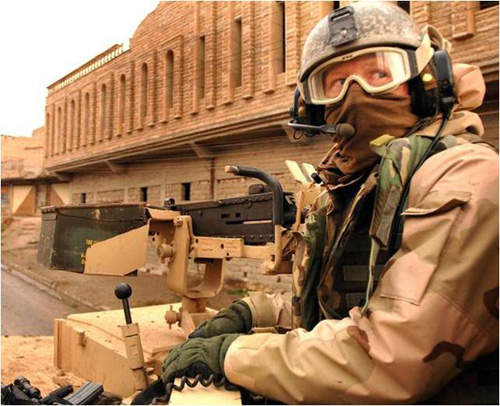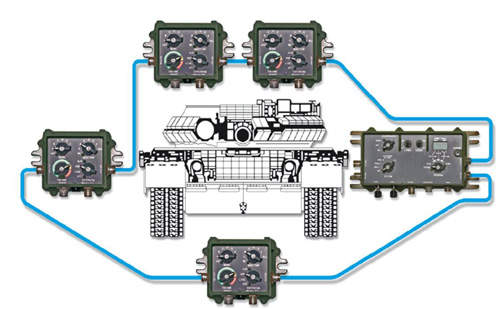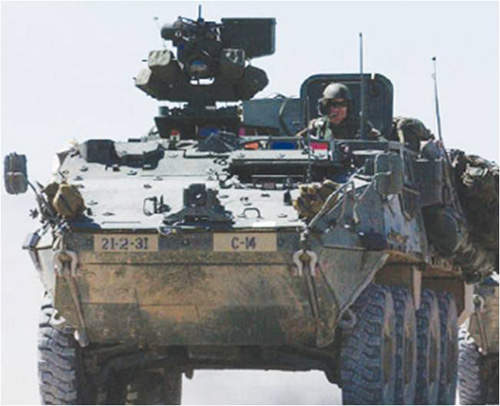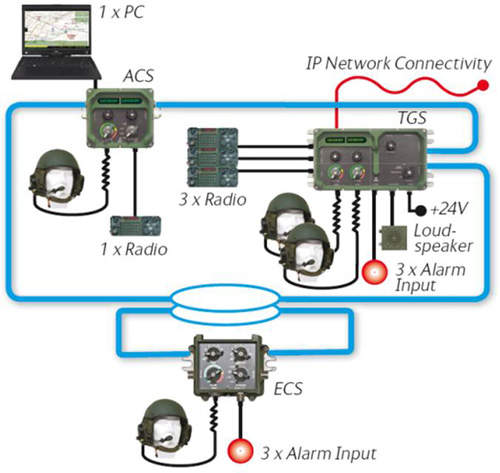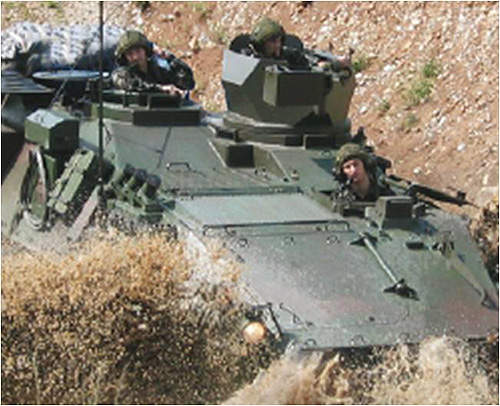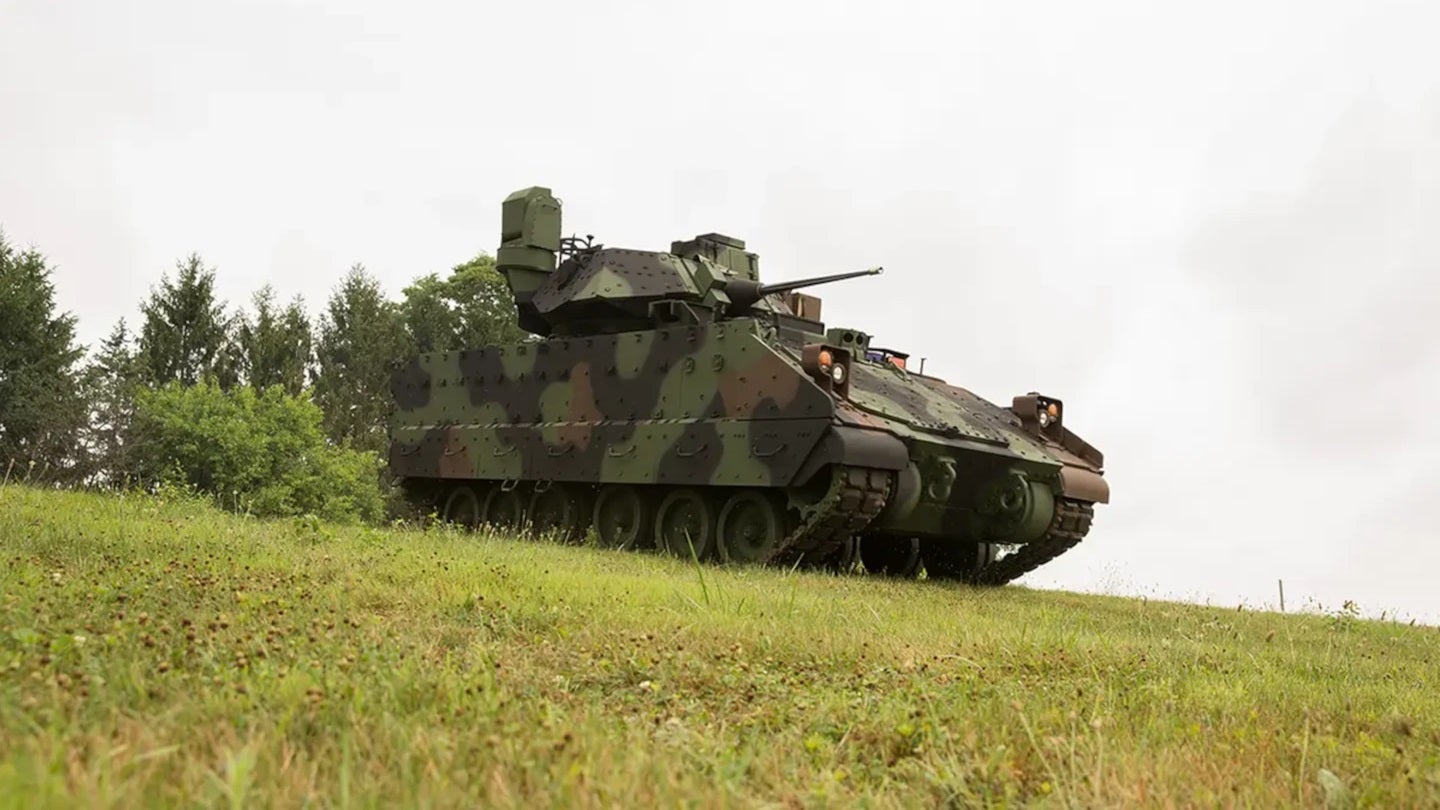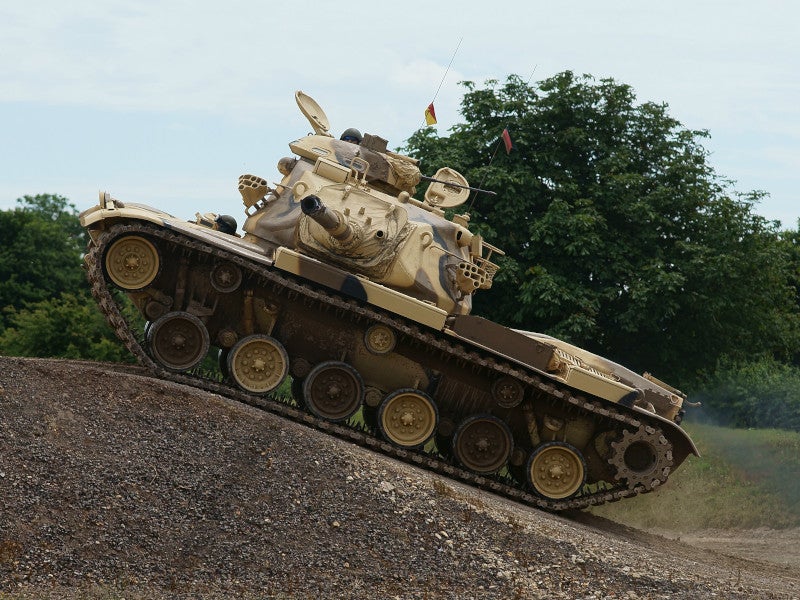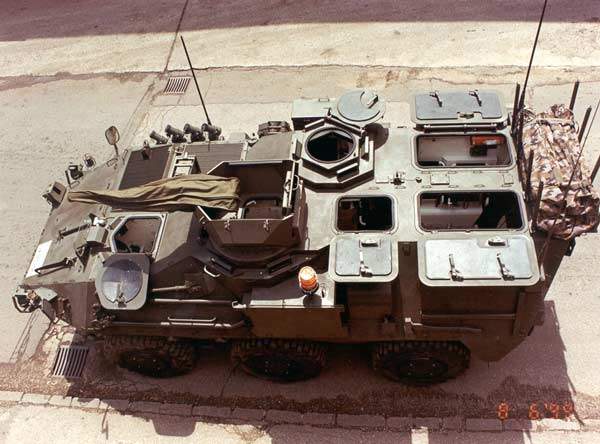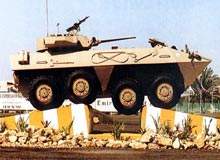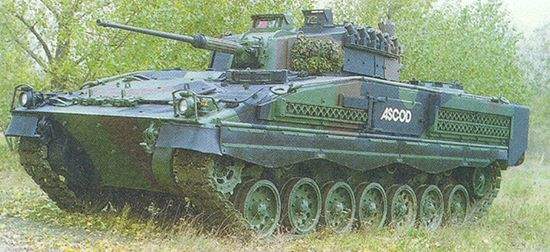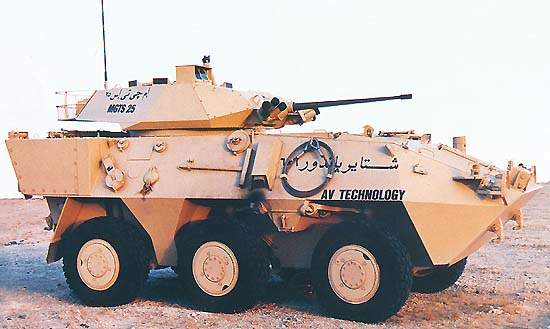Cobham Defence Communications (CDC) is a British company based in Blackburn, Lancashire, England, with offices in Exeter, England and New Hampshire, USA. CDC is wholly owned by Cobham plc, Wimborne.
Cobham has a strong global presence, with over 125,000 vehicle intercom systems (VIS) in use in 20 countries around the world. Cobham’s respected pedigree in VIS design, development, manufacture and support has been established for more than 50 years, with its success and growth centred upon vehicle intercom systems and products mainly for armoured vehicles and high noise platforms.
The company won the highly prestigious Queen’s Award for Export in 2002, and again in 2007, for its ability to supply leading edge intercom systems to customers around the world.
Communication systems for military vehicles
Designed to the highest of military standards, ROVIS (AN/VIC-3) and LV2 enable vehicle mounted troops to communicate faster, safer and more securely, even in demanding conditions. The systems are designed to meet the requirements of a range of vehicles. Currently ROVIS is the standard fit to all US Army medium and heavy armoured vehicles and LV2 is fitted to US Army HMMWVs, light vehicles and Soviet-designed vehicles (T72 and BMP).
With simple installation and setup procedures, both systems offer crew members full control of all aspects of their communications environment, including:
- Continuous fault monitoring and warning
- Individual control over working and monitor radio selection
- Individual control over intercom access (VOX, Live Mic, PTT)
- Individual volume controls
ROVIS and LV2 are the most reliable, military grade VIS available, providing key functions to their users. Both systems are proven in combat and offer a high level of battle damage resilience and reliability.
"The quality of products under this contract have exceeded all expectations. Reliability and availability data is estimated to be among the highest of any this office has seen for this type of system. Grading: Exceptional," said the US Department of Defense.
Digital vehicle intercom systems
Cobham became the first designer to move to a digital system and the new software-defined VIS, known as the TacG2 (AN/VIC-5), provides significantly increased capability and functionality with data as standard.
The added functionality in TacG2 provides additional capabilities for current users including:
- 20 simultaneous users / radios which can be increased using dynamic allocation
- IP / RS232 / ethernet connectivity
- Command villaging
- Selective calling
- VoIP calling
- CNR remote control
- Use of expander units to add further functionality
- Displays
Critically important was the retention of the user-friendly, uncomplicated operation procedure and demonstrated reliability that made ROVIS/LV2 so popular. Equally important was the retention of a battle resilient design, so unlike many other IP based systems, TacG2 has been designed specifically to meet the same stringent battle-damage resilience criteria as the ROVIS/LV2 systems.
At the same time, Cobham has also ensured backward compatibility of TacG2, allowing ROVIS/LV2 users to protect their original investment with the ability to upgrade to TacG2 through module insertion.
The TacG2 system was developed to meet the VIS-X requirement taking the VIS product range to the next level of functionality. In 2009, the US Army selected this system in the $2.4bn VIS-X program, an award which was based upon ‘best value’ including past performance criteria.
Noise reduction technology
An armored vehicle in motion can subject crew members and passengers to average noise levels ranging from 95dBA SPL to more than 115dBA SPL, creating the potential for permanent hearing loss. Speech signals are also masked by the noise, making it difficult for crew members to understand commands leading to resends, indecision, mistakes and fatigue.
Cobham’s intercom systems operate with headsets that incorporate passive noise reduction (PNR) and active noise reduction (ANR) technologies. ANR reduces vehicle noise well below the 85dBA safety threshold, making it possible for the crew to operate safely and effectively for extended periods.
Cost-effective military command and control products
No other systems can provide users the flexibility of configuration and expandability to meet their communication requirements for modern, flexible command and control, whilst maintaining cost-effective installations to meet user requirements.
Each system provides the most reliable, military grade VIS available, ensuring three key functions to its users:
- The ability to fight the platform – proven in combat
- Provides high quality external communications over CNR
- A high level of battle damage resilience and reliability


